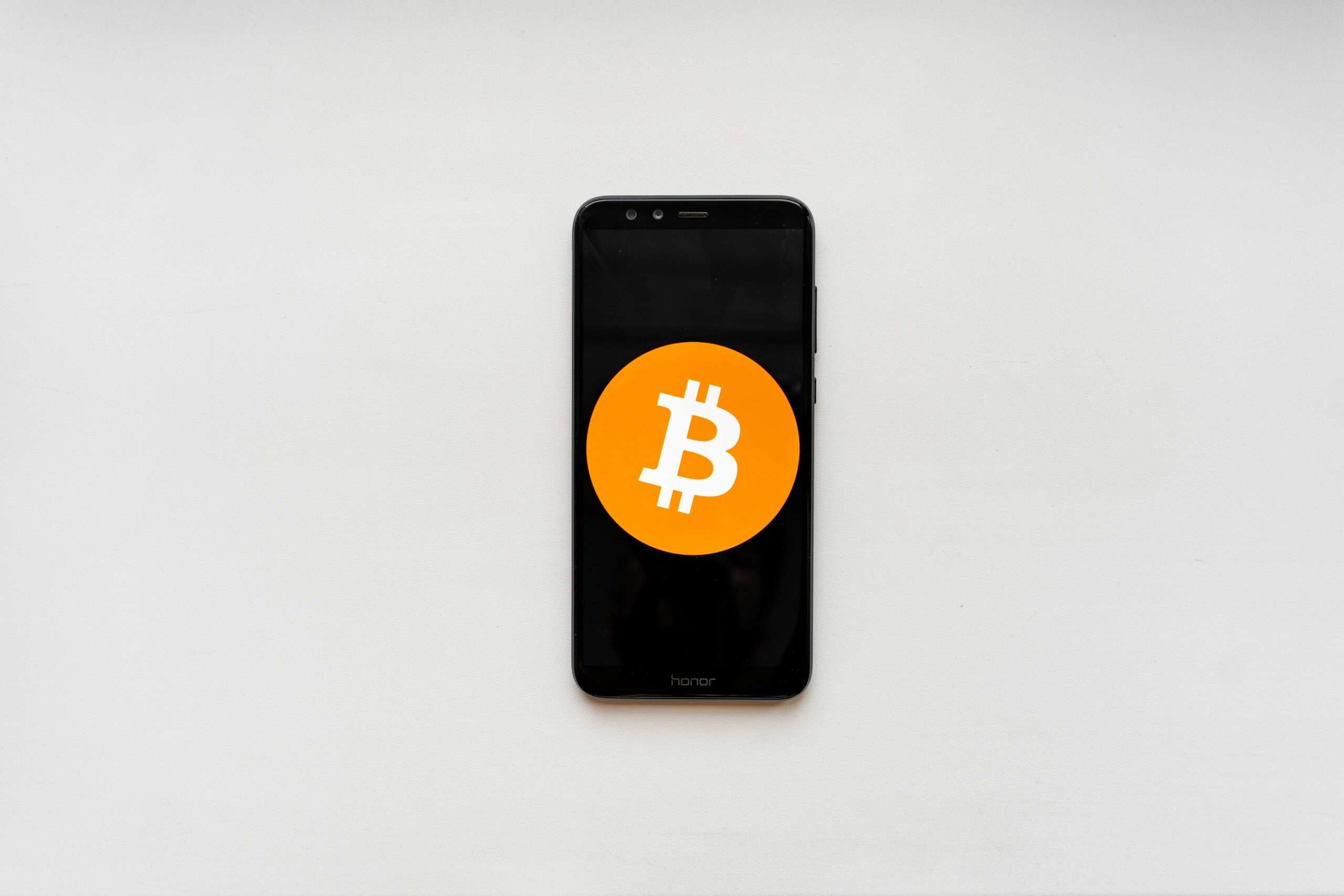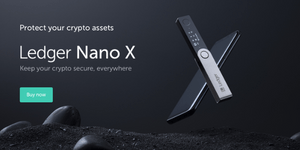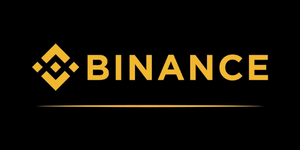-
Bitcoin Price: $67,950
3.45%
-
All-Time High: $73,738.00
7.78%
- 24h High / 24h Low: $68,223 / $65,657
-
Market Cap: $1,341,462,436,517
3.46%
- 24h Volume: $31,264,318,891
Explained: How to send Bitcoin and Cryptocurrencies?

Source: Unsplash.com
Sending Bitcoin or other cryptocurrencies to your friends or family may seem complicated when you just entered the complex world of cryptocurrencies. However, once you understand the basics sending Bitcoin will be as simple as writing an e-mail. In this article we will teach you dos and don’ts when it comes to cryptocurrency transactions. Set back and get ready to learn the basics.
Crypto connects millions of people around the globe
But wait, let’s take one step back and understand why you would want to send Bitcoins or other cryptocurrencies instead of cash. Previously, in order to send money to a person who is in a different location, you had to use banks or other money transfer services to make the transaction. Bitcoin and other cryptocurrencies allow you to transact directly, peer-to-peer, without an intermediary. In addition to that Bitcoin and other cryptocurrencies are way more efficient than any existing FIAT payment network and enable secure financial transactions at dramatically lower costs.
This is how cryptocurrencies connect millions of people around the globe and allow anyone to send and receive digital payments anywhere in the world at any time, even when traditional payment networks such as banks or other service providers are not available.
Sending Bitcoin requires only two components
Cryptocurrency Wallet
Cryptocurrency holdings can be managed, sent and received via so-called cryptocurrency wallets. These digital wallets are comparable to a purse or a bank account. Today, there is a wide range of wallets which support a variety of cryptocurrencies. Simply select a wallet of your choice that supports the cryptocurrency you want to send or receive, and you’re good to go.
If you are having trouble selecting your cryptocurrency wallet, please check our detailed articles on Bitcoin and cryptocurrency wallets.
Recipient’s wallet address
To send Bitcoin or other cryptocurrencies, you will also need the recipient’s cryptocurrency wallet address. A wallet address is usually a long string of characters and numbers, very similar to a bank account number.
Bitcoin wallet address:
bc1q0sjwu4p9ktr33aunfgakrmqs0sq070svaajrkd
Ethereum wallet address:
0x257c458870e8913b70d072ecaD20bbAeCfAD256d
Dogecoin wallet address:
DDBJwae9ecK1FkNEZY4oDbWmrnQ8S5iCaB
As cryptocurrency wallet addresses are typically long and difficult to remember, they are often displayed as a QR code which can be scanned into most modern cryptocurrency wallets. Therefore, if you have the recipient’s wallet address, all you need to do is open your own cryptocurrency wallet on your computer or mobile phone, enter the recipient’s wallet address and select the amount of cryptocurrency you want to send.
If you followed the instructions above, you are done and successfully sent your first cryptocurrency transaction. Quite simple really, isn’t it?
Five things to keep in mind when sending Bitcoin to another person
- Always check recipient’s cryptocurrency wallet address very carefully and remember addresses are case sensitive so don’t even dare to enter it manually. Either copy and paste the recipient’s wallet address or just scan it via a QR code. If you enter a wrong recipient’s wallet address the sent coins will be lost forever.
- Keep in mind that there is typically a small fee to send cryptocurrencies to another wallet, which is called transaction fee. These transaction fees vary depending on the traffic on the network. Therefore, if you don’t want to waste money on high transaction fees, you should check the perfect amount for each transaction. Choosing the correct transaction fee is important because if your fee is too high, you may waste some money, and if it is too low, your transaction might be delayed for days. Fortunately, most modern cryptocurrency wallets automatically suggest you a recommended fee for a fast and cheap transaction.
- Even after choosing a correct transaction fee, it may take some minutes for the recipients to receive the cryptocurrency on their wallet. Therefore, don’t panic and simply use a blockchain explorer to check the status of your transaction.
- It is critically important that you keep your wallet’s private key and seed phrase safe and never share them with anyone. Once someone gets hold of your private key, that person will also be able to access all your crypto assets stored in your wallet! For this reason, a well-known saying in the crypto world is: Not your keys, not your coins!
- Always ensure that your cryptocurrency is sent on the correct blockchain and verify with the recipient what address they have given to you. For example there are ERC-20, TRC-20 or BEP-20 addresses).
Conclusion: Sending Bitcoin is simple and convenient
Sending Bitcoin and other cryptocurrencies is simple and convenient. Once you made a few transactions you will love sending cryptocurrencies. Particularly in the beginning, it is a good idea to start with a few smaller transactions and as soon as you gain confidence in carrying out transactions flawlessly, you can start making larger ones.
What are you waiting for? Make your first Bitcoin transaction and become a Bitcoiner today!
Disclaimer
This article does not provide investment advice. Historical cryptocurrency data is not a guarantee of future market developments. The author may hold several of the cryptocurrencies mentioned in this article.
Read more About
THIS WEEK’S
Trending Posts
-
 May 24, 2023
May 24, 2023Bitcoin and the Environment: Debunking the Myths
-
 February 2, 2023
February 2, 2023Explained: Advantages & Disadvantages of KYC
-
 January 24, 2023
January 24, 2023Ethereum successfully launches Shadow Fork in preparation for upcoming Shanghai Hard Fork
-
 January 11, 2023
January 11, 2023Assets worth $5 billion in cash and cryptocurrency seized from FTX
-
 December 19, 2022
December 19, 2022Stablecoins: The future of digital currency?
SPREAD THE WORD
Share this Post
HAND-PICKED
Curated Cryptocurrency Posts
-
 May 24, 2023
May 24, 2023Bitcoin and the Environment: Debunking the Myths
-
 February 2, 2023
February 2, 2023Explained: Advantages & Disadvantages of KYC
-
 January 24, 2023
January 24, 2023Ethereum successfully launches Shadow Fork in preparation for upcoming Shanghai Hard Fork
-
 January 11, 2023
January 11, 2023Assets worth $5 billion in cash and cryptocurrency seized from FTX
Didn't find the answer you were looking for?
Feel free to check our cryptocurrency market data or our comprehensive blockchain glossary.















